Al Neil is dead. On the top floor of the Western Front arts centre in Vancouver, in the performance room where Al played some jagged piano lines, old artists — hippies and beatniks even — have gathered in silver and black to mark his disappearance from the scene. The room is overflowing. There’s a groaning board on white linen along the long wall. Stories are tumbling through the room.
Al Neil during a legendary Anthony Braxton concert, sidling down the side of the self-same venue in the middle of a song to the empty grand piano, and starting to play. Al Neil sitting under a piano at a concert, listening. Al Neil falling into a piano at a Paris café, and being rescued. Drummer and long-time collaborator Gregg Simpson recalls performances that Al hated, where he expressed his opinion, and “would have to be removed.” And shows he loved, where he expressed his opinion, and “would have to be removed.”
Neil was contrarian, irascible, and almost always lovable, and he knew where his home was. He grew up at 12th and Quebec, a few blocks from the Front. He studied classical piano as a child, but when he came home from serving in the Second World War, he became a jazz musician, and co-founded the Cellar nightclub in a basement on Watson Street, just off of Broadway and Main, where jazz greats of the ’50s played.
In time, he became an assembler of found objects, a performance artist, and a writer. Al Neil shaped and exemplified key currents in Vancouver’s cultural life. “To Al,” Glenn Alteen tells the crowd, “it wasn’t just happening in New York, or Paris, or Berlin. It was all right here.” One veteran observer of local jazz once said that if Vancouver were Chicago, Al Neil would be our Sun Ra, and if Vancouver were New York, he would be our John Cage. He is, of course, but then he isn’t. Al Neil was an outsider who never really sought anyone’s approval. He was always looking in the “wrong” direction. And this is Vancouver.
Today, though, on a crisp January Sunday afternoon in 2019, the right old memories are still recalled. “Pork Pie Hat” is played. Today, says one who remembers, Al Neil is in the room.
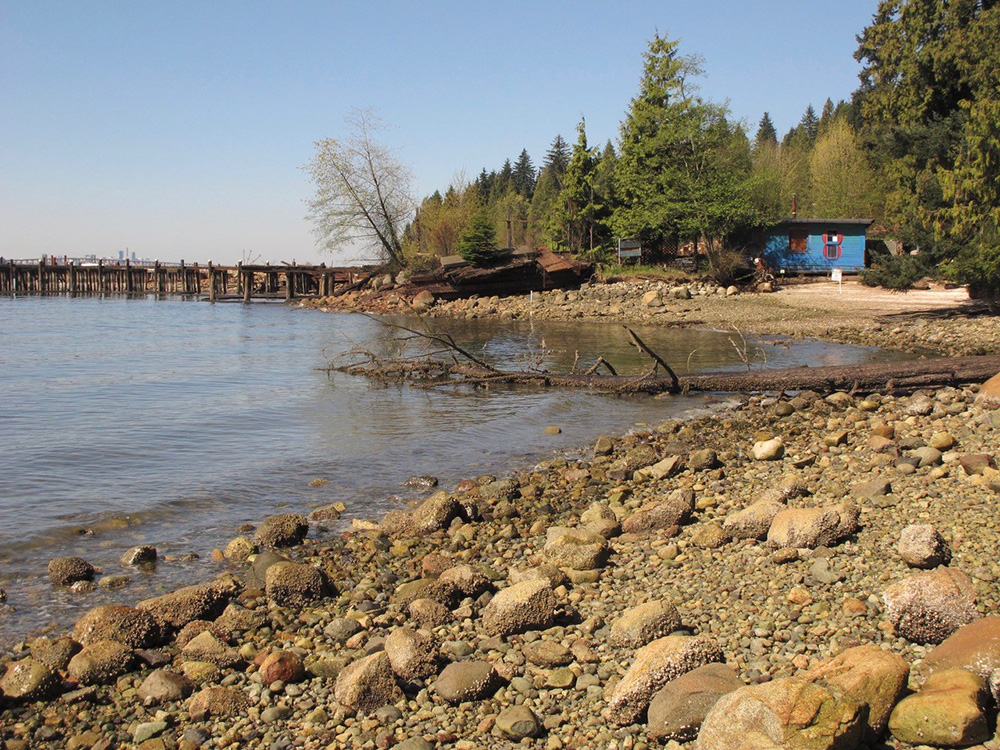
Al Neil is also in the Blue Cabin. That means he’s high on two large piers of the timber cribbing used to raise houses, at the Maplewood Farm in the District of North Vancouver. It’s early February, and cold inside, but there is a riot of colour on the walls: blue, green, red, cream, an urgent yellow that fades into ochre. Jeremy and Sus Borsos have plugged in two heaters, but they make no difference. The cabin is otherwise empty, but of course it’s not. You can see the ghost of the end of the Farrand upright piano keyboard, where it stopped a house painter’s work, and the ax marks on the floor where Al chopped his kindling.
Jeremy and Sus figure they spent 11,000 hours disassembling and reassembling the cabin, saving pretty much everything they could. The posters found beneath the floorboards, of course, from 1927. There is one for a film of a Jack Dempsey fight, another for a newsreel called The Unwanted. There’s a play called Cradle Snatchers, and Richards the Magician in “the wonder show of the century.” There are events at the Empress and the Strand and the Pantages. There is also blank cardstock, and three grey pearls from the baseboards, where they were found with the buttons. There is newspaper from 1937 and ’38, assiduously stuffed one winter into every crack that might be drafty, and the 1966 Playboy page crumpled into a knothole. The couple even preserved the evidence of the opening for a new door cut into one end wall, before the residents changed their minds and put the wall back together. All the little histories of the building’s life have been archived.
Al lived in the cabin for 50 years, on the border between McKenzie Barge and Marine Ways and a stretch of beach that leads to Cates Park, on the edge that lies between land and ocean, at the exact spot where ownership is hard to determine, such that possession becomes all that matters. It’s an uncomfortable spot for those concerned with certainty in the rights to property, but it is exactly where Al wanted to be.
The house is a remnant of a life that’s been obliterated in Vancouver. Call it the last squat. Yet because the Blue Cabin sat on a very particular in-between place, it survived. The cabins to the east — summer homes for working-class city people and winter homes for fishermen — were destroyed in the late 1950s. The last of the squats to the west, which sprang up “a canoe trip” east of Al on the Dollarton Flats in the 1960s, from material often salvaged from the demolition of Victorian West End homes, were burned on Dec. 18, 1971.
Both these small communities still managed to shape Vancouver’s cultural life. Malcolm Lowry lived in two cabins to the east, where he wrote Under the Volcano, regarded by many as one of the great novels of the 20th century. The hippies at Dollarton included legendary Orca researcher Dr. Paul Spong. Some were tapped to help build the sets near Cypress Mountain for Robert Altman’s landmark film McCabe & Mrs. Miller. This evidence of their talent fostered a critical initiative to bring more filmmaking to Vancouver.
And then there’s Al, who moved into the Blue Cabin maybe in 1966, or it could have been ’68. In 1978, he was joined by his long-time partner, Carole Itter, also an assemblage artist, as well as a filmmaker, art teacher and, as co-author of the seminal book Opening Doors, a community historian. There was also a cat named the Great Spandini. “Al was a lion tamer as well, you know,” says Itter.
There is layer after layer of meaning, sometimes obvious, often obtuse, in the Blue Cabin’s not entirely certain past.
“It’s such a deep well,” Jeremy Borsos says. “Come at it from any angle and it keeps on giving.” Late in 2017, Jeremy talked about the conservation project in Deep Cove’s Seymour Art Gallery, and showed some of the 4,000 artful images he took to document the process of saving the cabin, which will become a floating artist’s studio, along with a tiny separate, self-sustaining living accommodation. Project organizers expect it will circulate between locations in False Creek and on the North Shore.
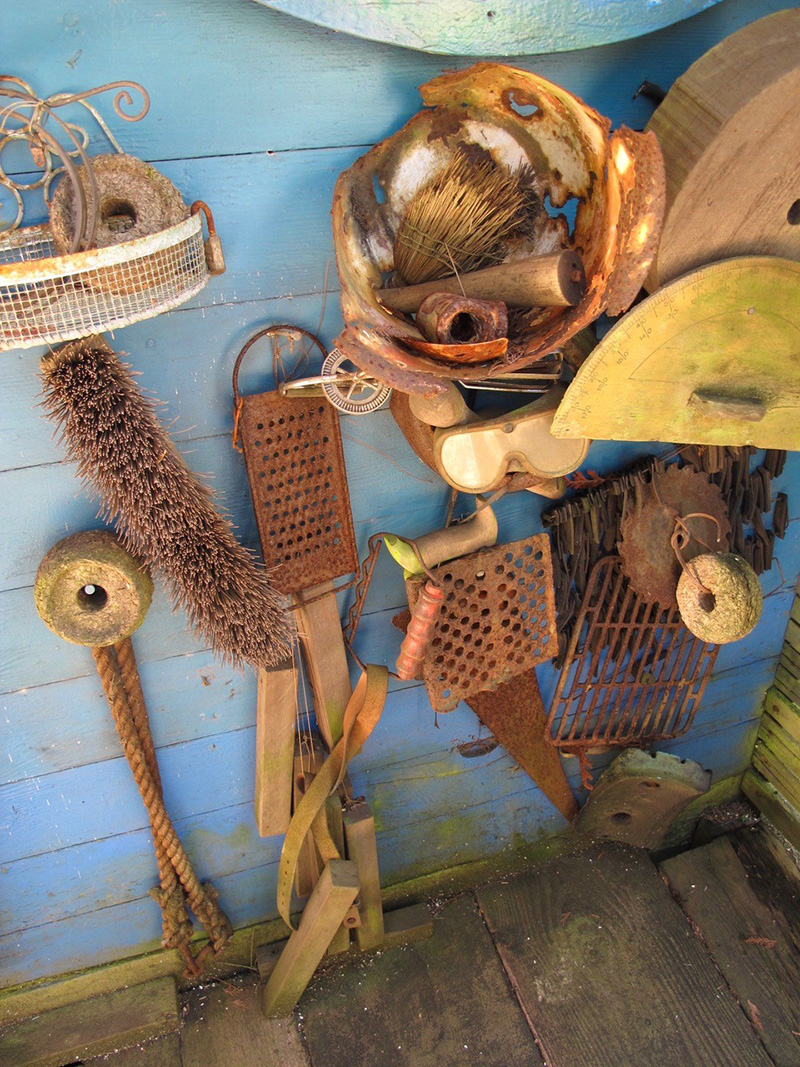
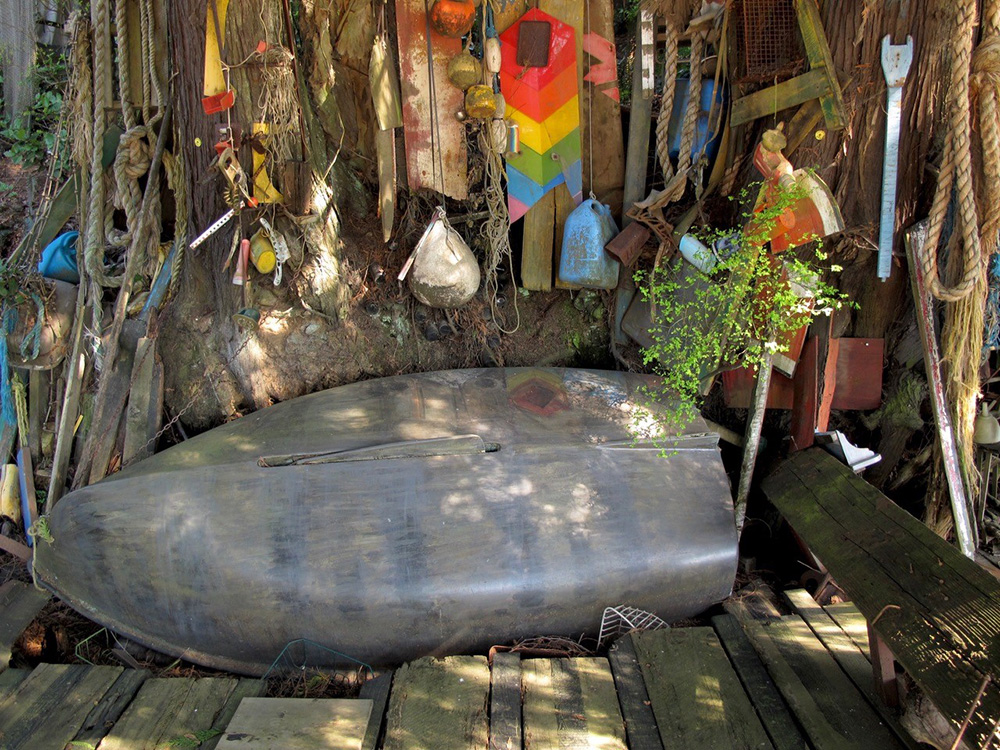
The Blue Cabin has never strayed far from the water, and almost certainly began its life upon it. The best evidence suggests it began as a floating home in Coal Harbour in 1927 or 1928, and was built by a Norwegian tradesman, when that bay was dense with such squats. In 1932, it was towed across Burrard Inlet to the corner of the McKenzie Barge shipyard, where its owner was employed.
The cabin was constructed in the Northern European style, at a time when Scandinavian modernism was emerging. Many things give that history away: the porthole windows, the angled cross-bracing in the stud walls, the unusual bowed roof, elegantly curved at either end, the scalloped baseboards, the remarkably detailed interior finishings.
Other examples of the style are hard to come by. A photo of the Coal Harbour squats showed two, but with different chimneys. Glenn Alteen, whose grunt gallery is the vessel through which an enormous amount of volunteerism and charity has flowed to make the Blue Cabin project possible, says they also appeared in images of Seattle’s Lake Union. Borsos says the roof looks like it belongs on any number of floating logging-camp bunkhouses up the British Columbia coast. It’s the “possible histories” that entrance Borsos as much as the ones that can be determined for certain. He recalls a conversation with Carole Itter that reflects the fleeting nature of memory. “Perhaps this happened,” Itter said. “Maybe.”
At the Deep Cove talk, one image in particular evoked a unique possibility for Lisa Muri, a vested member of the audience. It was a photograph of the letters P & G on the floor, rendered with linoleum tacks. The District of North Vancouver councillor was a key early advocate for saving the Blue Cabin, and won the first $10,000 in funding from a council sometimes indifferent to art and heritage. Muri’s grandparents were Pearl and Gus Muri, owners of Deep Cove’s P & G Hardware. Gustav came to Canada from Olden, Norway, and settled in Deep Cove, partly because it felt like his hometown.
“Every once in a while,” Muri observes, “a little Blue Cabin comes along and it tells our stories.” She laments that one of those stories is the displacement of the working class. “It’s what built this city, and it’s disappearing. The working class is being forced out.”
Ironically, another critical step in saving the cabin was taken by one of the province’s biggest real estate developers. Michael Audain, chairman of Polygon Homes, is also an influential arts benefactor. Itter herself received the Audain Prize for Lifetime Achievement in 2015. Polygon purchased the McKenzie Barge site for redevelopment as condominiums, a project that required remediating the industrialized foreshore. The Blue Cabin was in the way, but Audain understood why it mattered. Polygon built a road across the property and paid $12,000 to move the building to a site owned by Canexus, where it sat for two years before being moved again to Maplewood Farm for restoration.
Audain, says Itter, was one of Blue Cabin’s angels. Others included arts mavens Alteen, Barb Cole, Esther Rausenberg and Marlene Madison, but there were many, many more. If they have a counterpart in this story, other than our city’s pervading indifference to its history, it’s the Port of Vancouver, legendary across the region for its imperious behaviour. On Aug. 15, 2014, at 10 a.m., Al and Carole were supposed to be on the front deck of the Blue Cabin to receive a letter of eviction from the port. Instead, Al broke his hip, and the couple didn’t show. “They were furious,” recalls Itter, over cappuccino at Renzo’s, once a tailor’s shop on Commercial Drive. “There were so many presumptive errors about us. Somebody said there’s 200 lawyers working for them. I went rigid every time they called.”
Itter says Neil wanted to die in his long-time home, but he didn’t get that chance, and the eviction hit him really hard. “He just stopped talking about the cabin.”
On Nov. 28, 2014, a letter to Neil from the port put it this way: “We hereby demand that you remove the cabin’s structure, all related structures, and any personal items from the property by Jan. 31, 2015.” Otherwise, the port authority “will remove them at your cost and expense.” That the port’s regular threats were directed at two poor, elderly artists dismayed Alteen. “I pointed out to them that Al and Carole didn’t own it.” In fact, for several years, Neil paid a modest rent to McKenzie Barge, which considered him a form of security, and provided enough power to the cabin for either a hotplate or a heater. Even as the building was about to be moved, a note on the door read “Al Watchman.”
Alteen says a little media coverage garnered the attention of the port authority’s North Shore waterfront liaison committee, which wanted the cabin preserved, and the lawyers obsessing over liability and property rights and legal procedure finally relented on the demolition order. But then they began to introduce impediments to saving the cabin. Alteen says they wanted an environmental study done in order to remove a bush. “It went from it needs to be done yesterday to they wouldn’t give us the permits.”
There was also, in Alteen’s words, the little matter of “What the fuck are we going to do with it?” It took a while to develop a clear path forward. “We had a vision,” Alteen recalls, “but we didn’t have a plan.”
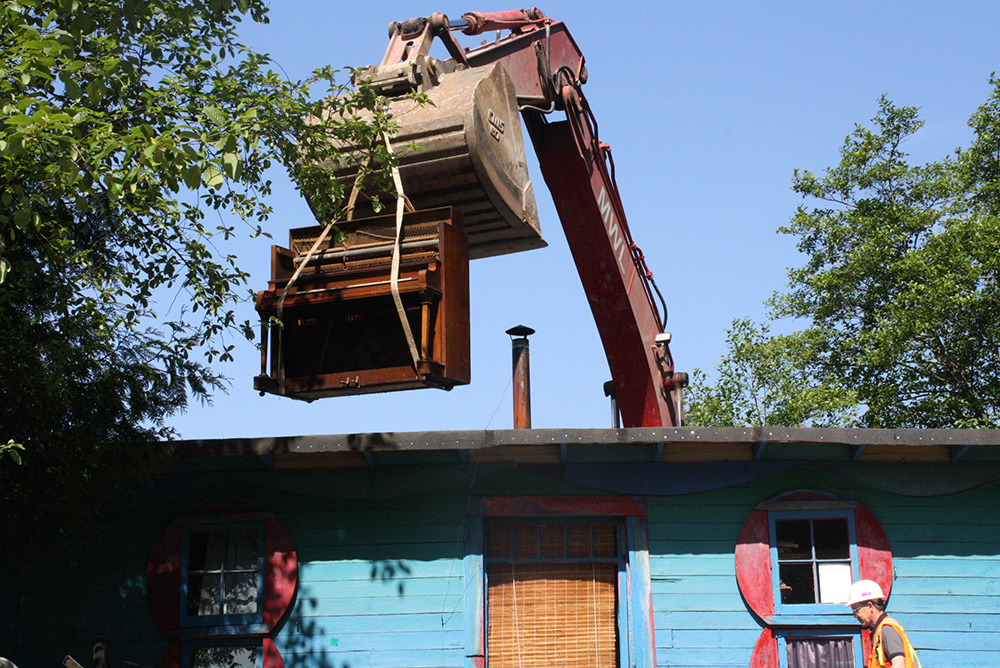
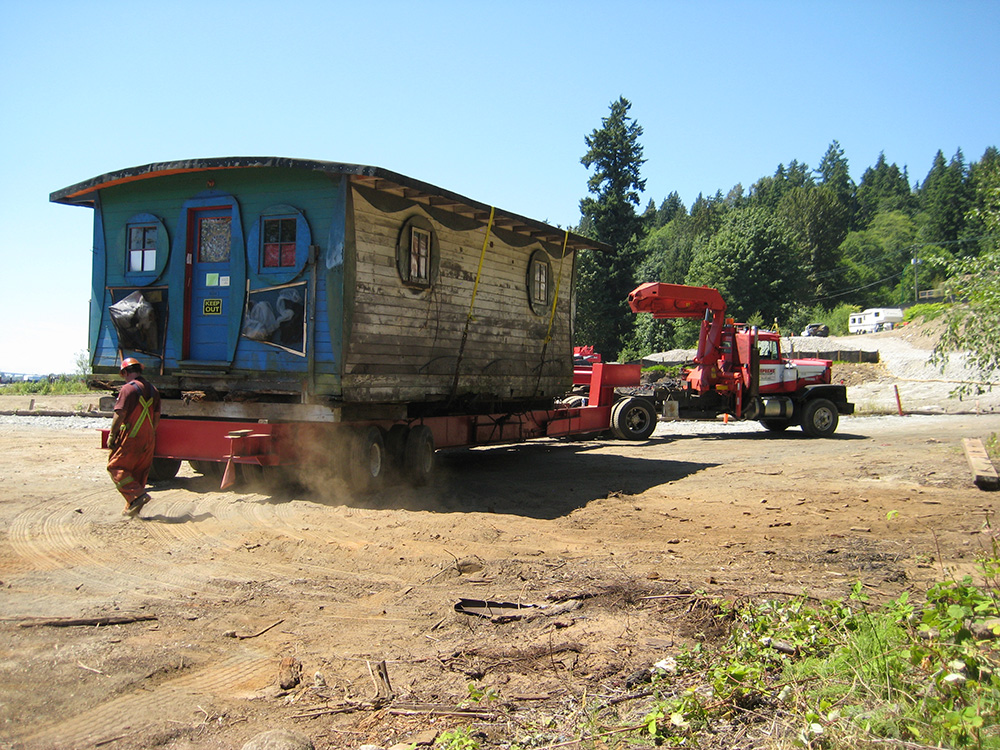
While there are few people better versed in the jigsaw puzzle of grant applications and matching funding than arts administrators, Alteen had never been involved with a project with so many moving parts. There were engineers and heritage conservators and architects and project managers, politicians, bureaucrats and employees of maritime industries. There were the interests of the Tsleil-Waututh Nation to respect. “There were all sorts of technicalities that could have made the project ineligible for funding.”
The Blue Cabin went from being a shack that required almost no one’s approval to an art studio that needed everyone’s permission.
Alteen figures the cabin conservation cost $100,000, including $68,000 for Jeremy and Sus Borsos’ work, plus the two moves. When it’s completed, with a tiny house for the rotating artist in residence, he expects the total cost will be around $500,000, with the biggest single chunk coming from Canada 150 funding for museums. All in all, about the same price as a modest condominium or laneway house.
When the project is completed, however, it will tell a few more stories, including those about other marginal forms of housing, today and in the past. We have a strange combination of envy and disdain for those who manage to live lightly and beautifully. In Richmond on the edge of the Fraser River, the residents of Finn Slough — once described as a West Coast Peggy’s Cove when it wasn’t being derided by a potential developer as a dangerous slum — reside in a perpetual state of uncertainty about their future.
Over in Belcarra Regional Park, at the foot of Tum Tumay Whueton Drive, the residents of seven historic summer cottages have been fighting eviction since 2013. Metro Vancouver now wants to turn most of the buildings into a “static display.” Itter’s childhood friend Jo Ledingham, who has been in one of those cottages for 54 years and played her own watchman’s role in the park at no cost to the public purse, doesn’t yet know where she’ll go. Itter fears for the fate of the buildings. “Houses don’t do well without people in them.”
Metro Vancouver Regional Parks originally planned to demolish them all, despite their heritage designation, but relented after a long fight that extended to the courts. On Bowen Island, Metro parks managers agreed last year to demolish just four of 10 historic cabins built by the Union Steamship Co. in the Davies Orchard on Bowen Island, and restore the others, after years of letting them deteriorate. Other places understand the value of such buildings: summer cabins in Algonquin Park and the carless streets of the community on Toronto Island parkland, caretakers’ residences on National Trust properties in Britain, fishermen’s shacks on the Hudson River. As an advocate for the Bowen cabins said, it’s heritage that “reminds us of a time when less was perfect.”
Working stiffs living out of vans and motorhomes, any number of tents in unoccupied corners of the city, a homeless man who for two unbothered years lived in a concrete, wood-panelled bunker dug into the Grandview Cut at Lakewood, boaters moored in False Creek now that all the waterfront property is owned by the one-percenters — people are still trying to make do with less, but our governments, even liberal governments, insist on chasing them out, and congratulate themselves on the limited provision of much more expensive alternatives.
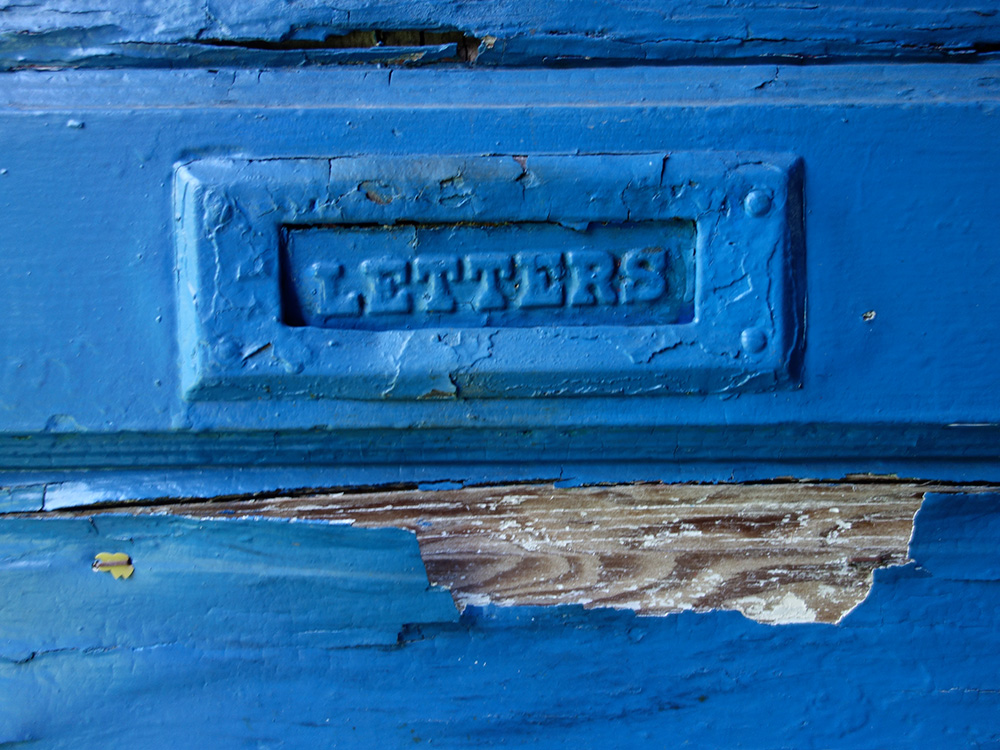
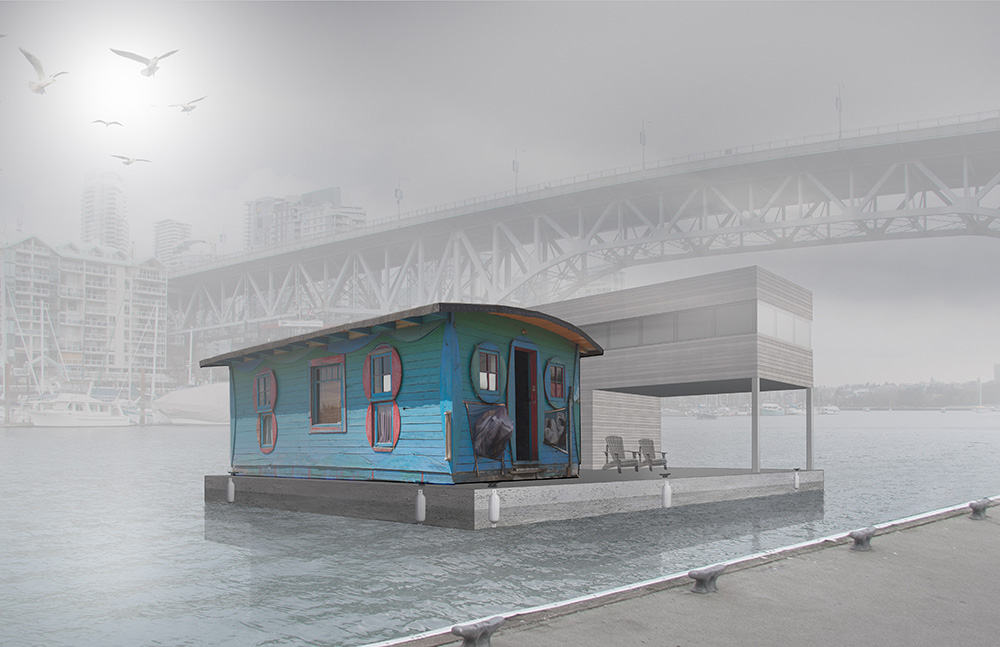
In his account of living on the water below the Dollarton Highway, “The Forest Path to the Spring,” Malcolm Lowry described his own post-war experience with public disdain — the boaters shouting over their engines about the plague of squalid shacks, not knowing they were heard on shore. And yet the boaters waved, while Lowry and his wife, Margerie, waved gaily back. In Lowry’s story, Deep Cove is named Eridanus, for a constellation said to be the path of Phaethon, who couldn’t control his father’s chariot, the sun, and scorched both heaven and earth.
“Here we were,” Lowry writes, “living on the very windrow of existence, under conditions so poverty stricken and abject in the eyes of the world they were actually condemned in the newspapers, or by the board of health, and that the world outside — so portentous in its prescriptions for man of imaginary needs that were in reality his damnation — was hell. And for these illusory needs, in that hell of ugliness outside of Eridanus, and for the sake of making it a worse hell, men were killing each other.”
For Lowry, “these shacks and cabins, brave against the elements, but at the mercy of the destroyer, were the helpless yet stalwart symbol of man’s hunger and need for beauty, for the stars and the sunrise.... And everything in Eridanus, as the saying is, seemed made out of everything else, without the necessity of making anyone else suffer for its possession.”
Lowry rented and then purchased his first shack from a Scot, until it burned, taking manuscripts and the score for an opera with it, but he built again with the help of Scandinavian fishermen and a Channel Islander. His story quite possibly describes Al and Carole’s Blue Cabin. Like Carole, he tells a tale of moving a piano down a forest trail — four men and a bottle of whisky. Like Carole, he recalls the giant illuminated Shell sign at what’s now the Kinder Morgan tank farm across the inlet, except that the letter S went dark. Like Al, Lowry was a soldier and a jazz musician. Were they all on East Hastings at the Hotel Patricia to hear the music, at different points in time? Did they know that Jelly Roll Morton before them played in the hotel’s house band, and once lamented in a letter to the Vancouver Sun that the heart of the city was moving uptown?
Of course, there’s an ocean of history before that as well, of the city before the city, before the explorers George Vancouver and José Narváez. Dollarton squatter and lumber scavenger Willie Wilson reminded the makers of the 1972 NFB film Mudflats Living that the flats were Indians’ land — not just Burrard I.R. #3, “where they’ve been shelved.” Tsleil-Waututh Chief Leonard George, a friend of Al’s who died in the same month at the end of 2017, told the Mudflats filmmakers “I’d like to see the Indians get it back.... They’re just going to know streets, and paved roads and houses. They’re just going to have a section of yard to live in, and fences.”
Which of us will remember any of that, and why? Who will know the story of the unexpected shooting stars over Burrard Inlet, which turned out to be, as Al’s neighbour Tom Burrows recalled at the wake, not the sparks of Phaethon’s chariot. Just the drunken sorrow of Neil at the departure of his beloved Marguerite. “It was Al,” Burrows said, “with a bow and arrow, shooting sparklers at the cabin.” How many of us will see, as Lowry did one night in the mild midnight rain, “the whole dark water covered with bright expanding phosphorescent circles”? Who will travel the forest path to the spring, and wonder where the Blue Cabin went?
A version of this story originally appeared last summer in subTerrain. The grunt gallery is still raising money to complete the Blue Cabin project. ![]()
Read more: Rights + Justice, Housing, Urban Planning + Architecture



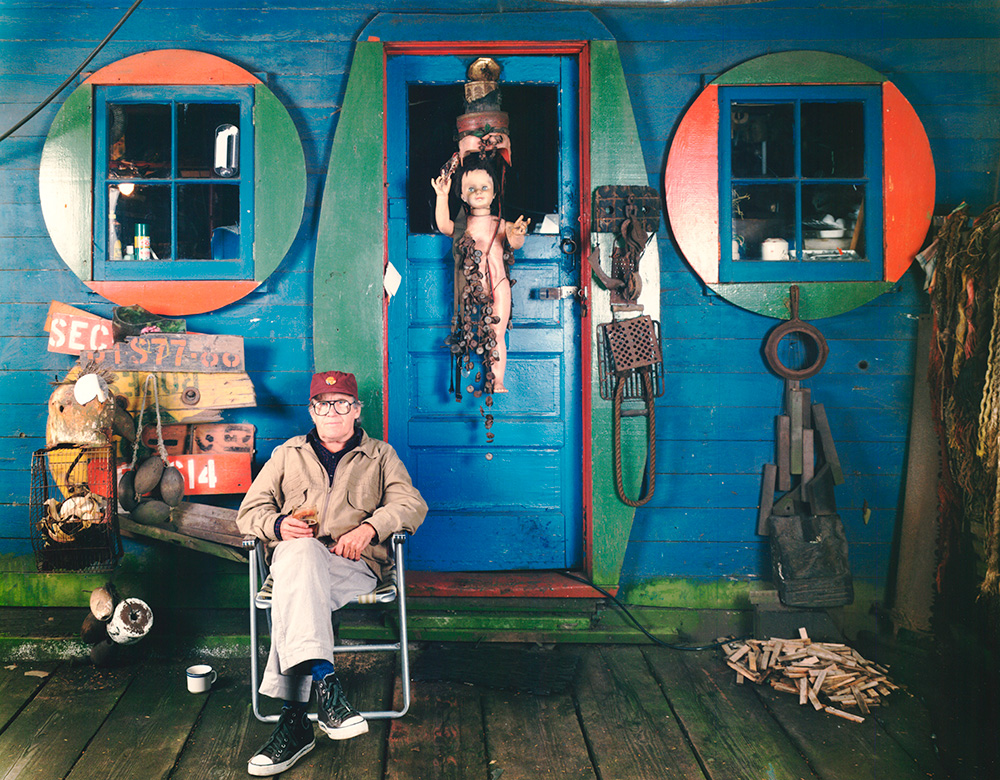












Tyee Commenting Guidelines
Comments that violate guidelines risk being deleted, and violations may result in a temporary or permanent user ban. Maintain the spirit of good conversation to stay in the discussion.
*Please note The Tyee is not a forum for spreading misinformation about COVID-19, denying its existence or minimizing its risk to public health.
Do:
Do not: